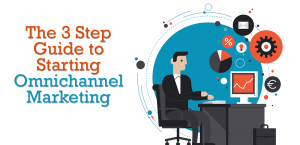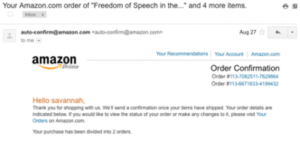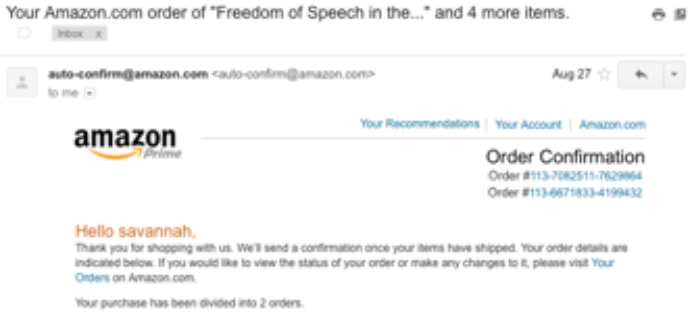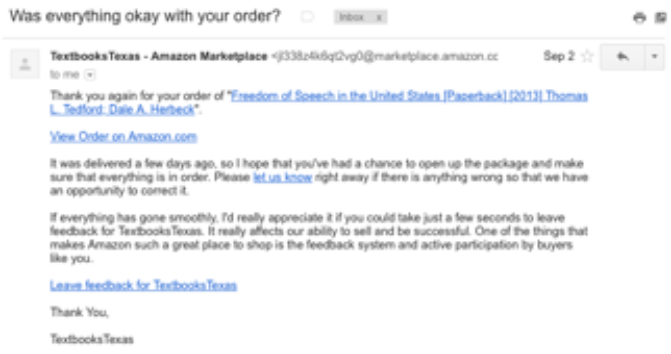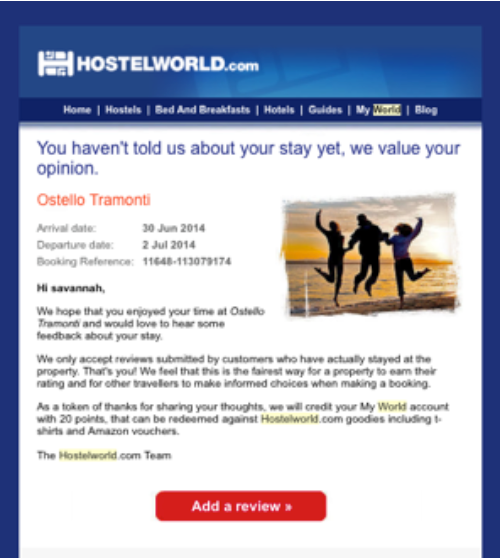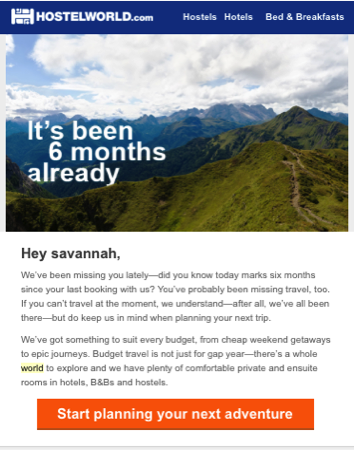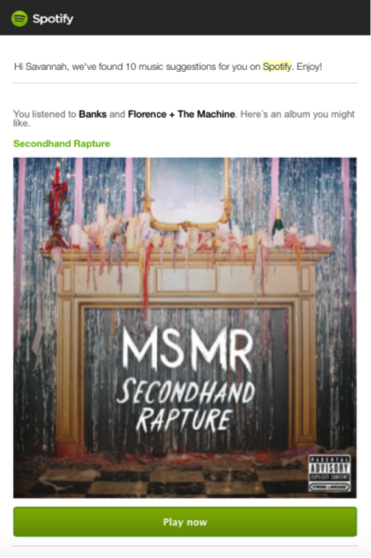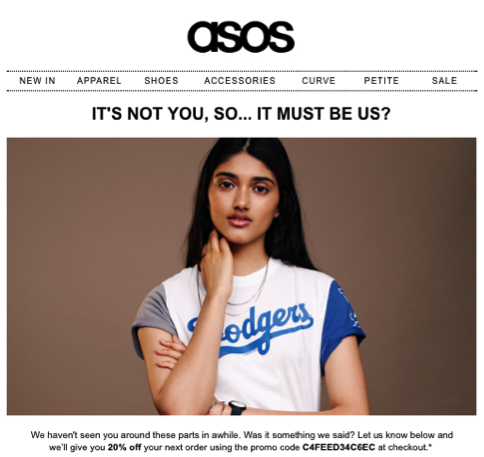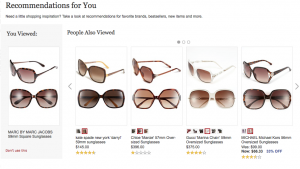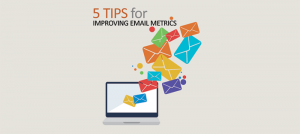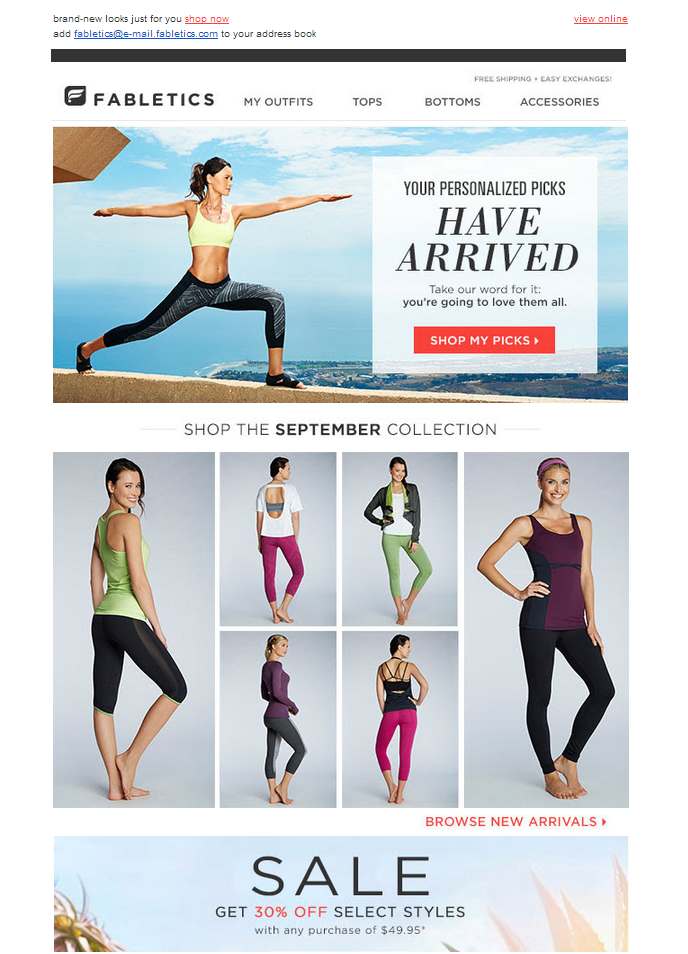Marketing has never been easy, and 2015 is no exception. This year, marketers in every industry will face several new challenges and stressors. However, today’s marketers should banish all anxiety and confidently embrace these challenges head on with a marketing personalization strategy.
We have determined three common stressors for today’s marketers, which can all be solved by implementing marketing personalization techniques.
Adjusting to big shifts in target audience
For decades, the largest generation has been the baby boomers. Boomers have held the most purchasing power and have been primary targets in marketing campaigns. However, as Millennials begin to outnumber the boomers, there will be a shift in purchasing power. This shift might be stressful, as marketers will be forced to change marketing strategies to remain relevant to Millennials.
However, marketing personalization is the key to pleasing this new purchasing power. Personalization is one of the most important elements that Millennials want when being marketed to.
A Forbes article explains, “Millennials today are looking for relevancy…they want to develop relationships with brands that deliver a personalized, customized experience.”
While the shift in purchasing power might be unnerving for businesses, marketing personalization is exactly what businesses should implement to gain favor with Millennials.
Keeping up with technological advances
When it comes to making sales, marketing and technology go hand-in-hand. Over the past century, marketing has evolved with technology from simple print ads to broadcast and radio, broadcast and radio to the Internet, and Internet to mobile and social media. With several changes in a short span of time, marketers may be stressed about using the latest marketing technology to attract customers.
Embracing marketing personalization is the key to a successful transition into the newest development in marketing technology.
The newest development in marketing technology is the marketing cloud. Marketing clouds will connect engagement channels and create an omnichannel experience for customers.
An article from Forbes lists several ways that businesses can be the winners when using the marketing cloud. Personalization appears several different times, through recommendations like “map the end-to-end decision journey for each persona,” and “build and manage personalized experiences and campaigns across key touch points seamlessly.”
As businesses introduce the cloud into their marketing strategy, implementing marketing personalization will make this technological adjustment easier and more effective.
Meeting goals
Marketers stressing about meeting their businesses’ goals may be at an advantage when considering personalization strategies.
In 2014, a CMO report found that the top four marketing priorities for 2014 were customer acquisition, personalized experiences, customer engagement, and loyalty. With the implementation of a personalized marketing approach, successfully meeting these priorities should be easy.
Implementing marketing personalization obviously meets the personalized experience priority. However, personalization also plays a strong role in meeting the remaining three goals.
With the average human attention span approximately 8 seconds, companies have a small window of time to attract consumers. A personalized, tailored message can quickly grab a consumer’s attention – and keep it. Companies can also improve customer engagement by presenting relevant, personalized merchandise based off their past purchases and demographics. After continuously presenting relevant products to buyers, companies can expect brand loyalty to increase, as “most consumers (60 percent) expect businesses to know their preferences and understand their needs,” according to a CMS Wire article.
So if your business or marketing team is feeling stressed, ask whether you are using marketing personalization to its fullest extent.
If you feel like you could use a little marketing personalization help, learn how to get started and check out personalization strategy from the experts.


